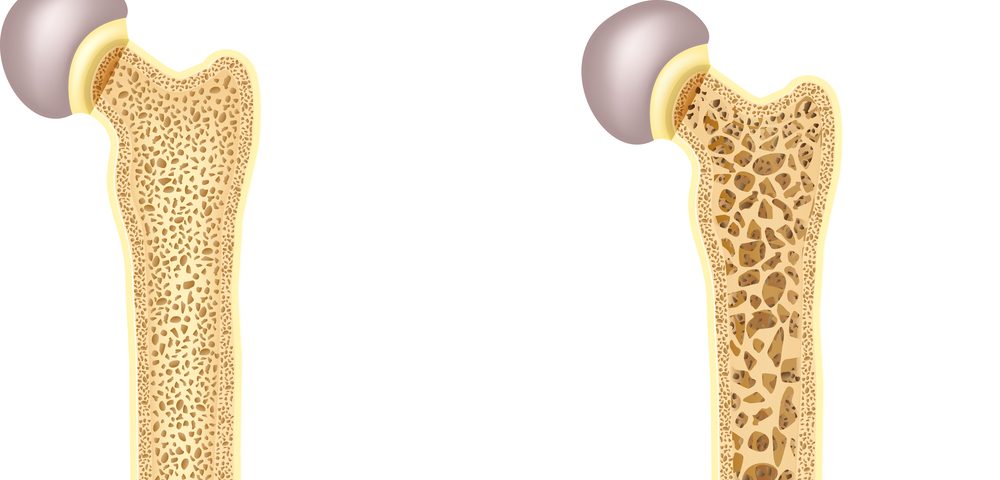Patients with fibromyalgia have decreased bone density at the lumbar spine and are at risk of developing osteoporosis, according to a new study. The authors argue that fibromyalgia patients should be assessed for this condition to avoid further complications.
The study, titled “Bone Mineral Density Is Decreased In Fibromyalgia Syndrome: A Systematic Review And Meta‑Analysis,” was published in the journal Rheumatology International.
Previous studies have suggested that fibromyalgia, which is associated with low levels of physical activity and exercise, may lead to the development of osteoporosis (decreased bone strength). However, while some studies have reported decreased bone mineral density (BMD) in different anatomical locations in fibromyalgia patients, others did not find this association. So it is not yet clear whether there is a link between BMD and fibromyalgia.
Researchers reviewed four studies involving 680 fibromyalgia patients which investigated the association between fibromyalgia and BMD in adult patients. In these studies, fibromyalgia was diagnosed according to the criteria of the American College of Rheumatology, and bone mineral density was measured at the lumbar spine (the region near the lower back where the spine curves inward) and femoral neck (near the top of the femur bone, in the legs) by dual-energy X-ray absorptiometry.
The analysis showed that BMD was significantly decreased in the lumbar spine of fibromyalgia patients compared to healthy people, but no differences were found in the femoral neck.
“[Fibromyalgia] is associated with at least decreased BMD at the lumbar spine (L2–L4) compared with normal individuals from the current data,” researchers wrote in their report. “Patients with [fibromyalgia] should be assessed for risk of osteoporosis.”
According to the authors, previous studies showed that “strength and aerobic capacity are associated with bone mass in women with fibromyalgia, and physical activity should be encouraged in this specific population to optimize bone health and also to prevent the risk of osteoporotic fractures.”
The team recognized that one limitation of their study was that not all studies of BMD and fibromyalgia could be included, because not all assessed the same bone regions or outcome measures. Still, the individual results of such studies also support the team’s conclusion.
More studies with larger numbers of patients and BMD analysis of various locations should be conducted to further evaluate the relationship between fibromyalgia and the risk of osteoporosis.

